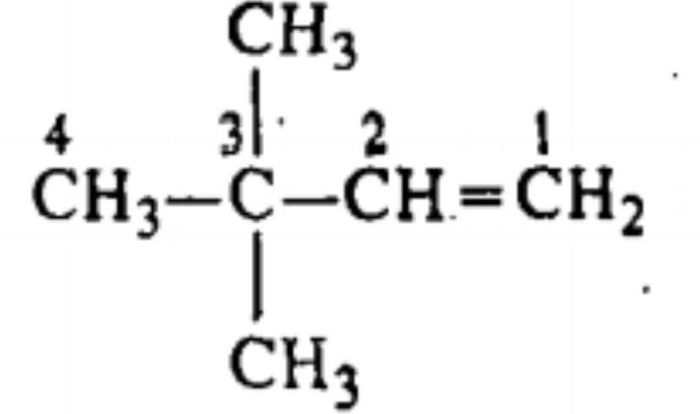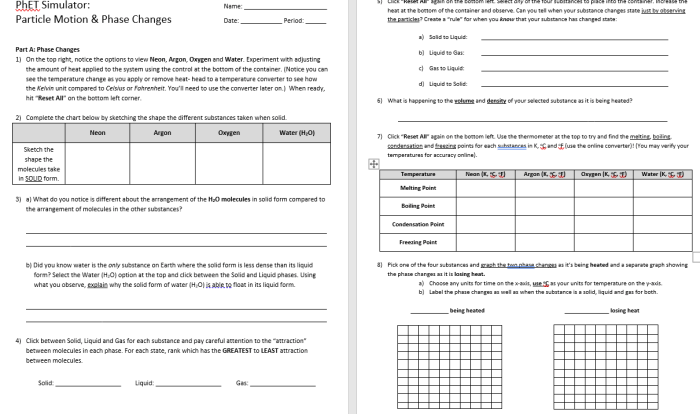Embarking on a journey into the fundamental building blocks of our universe, the parts of the atom worksheet answers unveil the intricate structure and properties of atoms. This exploration delves into the heart of matter, uncovering the subatomic particles that shape the elements and govern their behavior.
From the nucleus to the electron cloud, we unravel the composition of atoms, dissecting their subatomic components and deciphering their interactions. By unraveling the mysteries of atomic structure, we gain a deeper understanding of the very essence of matter and its transformative power in shaping the world around us.
Parts of the Atom
An atom is the fundamental unit of matter, consisting of a dense central nucleus surrounded by a cloud of electrons.
The nucleus contains protons and neutrons, while the electron cloud contains electrons. Protons have a positive charge, neutrons have no charge, and electrons have a negative charge.
Structure of an Atom
- Nucleus:The nucleus is the central part of the atom, containing protons and neutrons. It is very dense and positively charged.
- Electron Cloud:The electron cloud is the region surrounding the nucleus where electrons are found. It is a large, diffuse region with a negative charge.
Subatomic Particles, Parts of the atom worksheet answers
- Protons:Protons are positively charged particles found in the nucleus. They have a mass of 1 atomic mass unit (amu).
- Neutrons:Neutrons are neutral particles found in the nucleus. They have a mass of 1 amu.
- Electrons:Electrons are negatively charged particles found in the electron cloud. They have a mass of 1/1836 amu.
The number of protons in an atom determines its atomic number, which identifies the element. The number of neutrons determines the isotope of the element.
Atoms are electrically neutral because the number of protons (positive charges) is equal to the number of electrons (negative charges).
Diagram of an Atom
The following diagram shows the structure of an atom:

Key:
- Red:Protons
- Blue:Neutrons
- Green:Electrons
Atomic Number and Mass Number
Every atom is composed of a central nucleus and electron cloud. The nucleus contains positively charged protons and uncharged neutrons, while the electron cloud contains negatively charged electrons. The number of protons and neutrons in an atom determines its atomic number and mass number, respectively.
Atomic Number
The atomic number of an element is the number of protons in its nucleus. It identifies the element and determines its chemical properties. Each element has a unique atomic number. For example, hydrogen has an atomic number of 1, helium has an atomic number of 2, and oxygen has an atomic number of 8.
Mass Number
The mass number of an element is the total number of protons and neutrons in its nucleus. It represents the mass of the atom. The mass number of an element can vary, as different isotopes of the same element can have different numbers of neutrons.
For example, carbon-12 has a mass number of 12, carbon-13 has a mass number of 13, and carbon-14 has a mass number of 14.
Electron Configuration: Parts Of The Atom Worksheet Answers
Electron configuration describes the distribution of electrons in an atom’s energy levels and orbitals. It provides information about the number and arrangement of electrons in different energy states.
Electrons are arranged in energy levels, also known as electron shells. Each energy level can hold a specific number of electrons. The first energy level, closest to the nucleus, can hold up to two electrons. The second energy level can hold up to eight electrons, and so on.
Within each energy level, electrons occupy orbitals. Orbitals are three-dimensional regions around the nucleus where electrons are most likely to be found. There are different types of orbitals, such as s, p, d, and f orbitals, each with a unique shape and energy.
The electron configuration of an element can be represented using a shorthand notation. For example, the electron configuration of helium is 1s 2. This means that helium has two electrons in its first energy level, which is an s orbital.
Electron Configurations of Different Elements
The electron configurations of different elements vary depending on their atomic number. The atomic number of an element is the number of protons in its nucleus, which is also equal to the number of electrons in a neutral atom.
- Hydrogen (H): 1s 1
- Helium (He): 1s 2
- Lithium (Li): 1s 22s 1
- Beryllium (Be): 1s 22s 2
- Boron (B): 1s 22s 22p 1
- Carbon (C): 1s 22s 22p 2
- Nitrogen (N): 1s 22s 22p 3
- Oxygen (O): 1s 22s 22p 4
- Fluorine (F): 1s 22s 22p 5
- Neon (Ne): 1s 22s 22p 6
The electron configuration of an element determines its chemical properties. Elements with similar electron configurations tend to have similar chemical properties.
Periodic Trends
Periodic trends are the patterns observed in the properties of elements as their atomic number increases. These trends can be used to predict the properties of an element based on its position on the periodic table.
Atomic Radius
The atomic radius is the distance from the nucleus to the outermost electron shell. It generally decreases from left to right across a period and increases from top to bottom within a group.
Ionization Energy
Ionization energy is the energy required to remove an electron from an atom. It generally increases from left to right across a period and decreases from top to bottom within a group.
Electronegativity
Electronegativity is the ability of an atom to attract electrons. It generally increases from left to right across a period and decreases from top to bottom within a group.
| Property | Trend |
|---|---|
| Atomic Radius | Decreases from left to right across a period, increases from top to bottom within a group |
| Ionization Energy | Increases from left to right across a period, decreases from top to bottom within a group |
| Electronegativity | Increases from left to right across a period, decreases from top to bottom within a group |
Chemical Bonding
Chemical bonding is the process by which atoms and molecules interact and combine to form new substances. There are several types of chemical bonds, each with its own unique properties and characteristics.
Ionic Bonds
Ionic bonds are formed between atoms of metals and non-metals. In an ionic bond, one atom transfers one or more electrons to another atom, creating two oppositely charged ions. The electrostatic attraction between these ions holds the compound together.
Ionic bonds are typically strong and brittle. They are found in many inorganic compounds, such as sodium chloride (NaCl) and potassium iodide (KI).
Covalent Bonds
Covalent bonds are formed when atoms share one or more pairs of electrons. The shared electrons are attracted to the nuclei of both atoms, creating a strong bond.
Covalent bonds are typically weaker than ionic bonds but are more flexible. They are found in many organic compounds, such as methane (CH 4) and ethane (C 2H 6).
Metallic Bonds
Metallic bonds are formed between atoms of metals. In a metallic bond, the metal atoms share their valence electrons in a “sea” of electrons. These electrons are free to move throughout the metal, giving metals their characteristic properties, such as luster, malleability, and ductility.
Metallic bonds are typically strong and ductile. They are found in all metals, such as iron (Fe), copper (Cu), and aluminum (Al).
Popular Questions
What is the smallest unit of an element?
An atom is the smallest unit of an element that retains its chemical properties.
What are the three main subatomic particles?
Protons, neutrons, and electrons are the three main subatomic particles.
What is the atomic number of an element?
The atomic number of an element is the number of protons in its nucleus.



